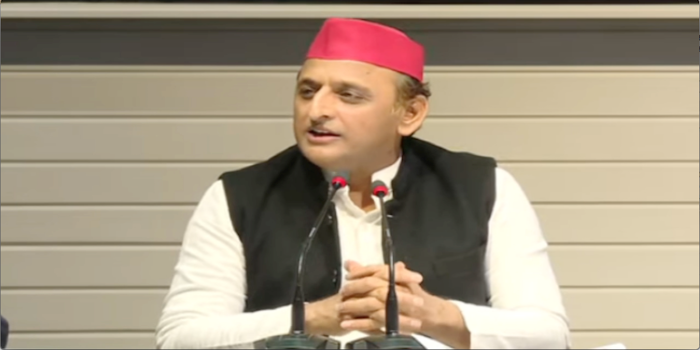When people talk about health, they usually mean only physical health. To some extent there is some awareness of mental health in certain informed circles. Otherwise it is expected that people automatically remain mentally healthy. Of spiritual health, the less said the better. A vast majority even do not believe the existence of soul, leave alone striving for its well-being.
As a result, vast majority of people show concern over issues of physical health, not just because of COVID19 but also due to rapid increase in incidence of lifestyle diseases such as diabetes, hypertension and heart ailments. Achieving and maintaining good physical health became the primary concern and towards this end there has been a great deal of medical research to arrive at the right mix of food habits and physical exercises to prevent diseases. Thus maximum interest willy nilly centered around perfecting methods for strengthening physical health, also because it could be measured through widely accepted scientific attributes such as body temp, blood pressure, and various other parameters of blood, urine, and through x-ray and scanning. In addition to physical health, there has been some realization in the last few decades among the health professionals, if not among the vast majority of public, that mental health also matters. But spiritual health as an element of holistic health has not received the recognition it deserved among the mainstream health experts.The role and contribution of Yoga as a tool or path to achieve holistic health encompassing physical, mental and spiritual aspects of health has to be seen in this light.
*Ashtanga Yoga*
Many people think Yoga means only physical postures (asanas) and breathing exercises (pranayama). In fact , sage Patanjali gave us Ashtanga Yoga – the eight fold path of yoga to achieve the union of individual soul with the paramatma. The sage who lived many centuries ago described Yoga as “Chitta Vriddi Nirodha” – a practice or process that prevents modifications of mind, leading to liberation of soul and ever-lasting bliss. It is a testimony to the wisdom of our ancient Rishis that not a single syllable has neither been added nor taken away from that definition in all these years. Compare it with models of atom given by various scientists which kept on getting modified with discovery of new sub-atomic particles and forces through the 20th century!
*First Four Steps*
First step of sage Patanjali’s eight-fold path is Yama- it prescribes how we should lead our daily lives by following the principles of non-violence in action and speech, non-stealing or not accepting things that do not belong to oneself, truthfulness, non-greed and chastity. The second is Niyama – the proscriptions which one should observe in life: to cleanse mind, to be content in one’s station in life, to live in austerity, to keep studying oneself, and maintain contemplation of God. While Yama keeps one away from wrong path, the Niyama propels one towards the right path. The third step in Sage Patanjali’s Ashtanga Yoga is Asana – practice of various physical poses to stretch, twist and bend the body parts so that blood flows freely, relaxing the muscles and nerves. Overall effect results in keeping the body supple and relaxed to maintain good health and make it ready for phases of Yoga. The fourth step is Pranayama – controlling of prana flowing through the body by controlling one’s breath and performing various breathing exercises. One of the fundamental discoveries of sage Patanjali is that breath has an effect on mind and that by controlling breath one can control mind. That is where the importance of Pranayama lies – that by breathing exercises it is possible to alter and quieten the mind
*Steps 5 to 8*
While the first four steps deal with the physical body and focus on observable actions, the next four deal with subtler aspects of mind. The fifth step in Yoga is Pratyahara which means withdrawing one’s senses from outward objects and turning attention of mind inwards. It is ceasing of feeding one’s senses. Through Dharana the inwardly turned mind is focused on a single aspect by pouring one’s mind towards that aspect. Dhyana is maintaining continuous and uninterrupted flow of awareness of that aspect. Dharana and Dhyana are closely interrelated. The final and eighth step of Yoga is the objective and result of all the previous seven steps. It is the reaching of the summit where the mind loses awareness of its existence. There is no distinction between body, mind and soul. The distinction among the one who meditates, the object of mediation and the process of meditation ceases. That is also the state where the physical, mental and spiritual health are in perfect harmony.
.jpg)


















Related Items
India on brink of health crisis: Padma awardee Doctors sound alarm
Good Old JACKFRUIT is The New Super Health Food
Vice President Jagdeep Dhankhar resigns citing health reasons